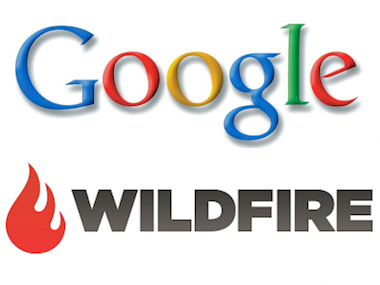Google Think is an excellent tool for resources,especially when it comes to marketing objectives : http://www.google.com/think/marketing-objectives/. I came across an interesting article regarding search nowadays.
Why do people search nowadays? Could you live without search for three days?
This seemingly simple challenge was at the heart of the research described in the article. The research project included 18 search users in the U.S. documenting when, how, and why they used search throughout the course of their day.

Why do we search?
There are 100 billion searches on Google every month. As a result, we know quite a bit about what people do when they search, and where, when and how they are searching. However, the question of why do we search is not fully investigated.“What we discovered is that people use search for many reasons — from answering the practical to pondering the poignant.”
These reasons were further subdivided into 6 categories:
Doing: Searching to convert information into action. This is the functional foundation of search. Examples: searching for opening hours of the store, how to fix a bike etc
Understanding: Searching to educate yourself on a particular topic. Examples: searching how to choose a house,how to grow a plant etc
Belonging: Searching to fulfill the need to connect and socialize with others. Examples: searching to connect with old high school friends or people suffering from the same medical condition. Social networks and different kind of blogs would mainly pop up in this search.
Experiencing: Searching to augment life’s moments in real-time, which is particularly compelling in mobile search. Examples: searching at a concert to learn about the artist, or find movie trailers while watching the Oscars.
Progressing: Searching for ongoing personal growth. Examples: searching how to lose weight, how to deal with stress, behave during the interview etc
Self-Discovering: Searching to develop and reinforce a sense of identity. This is abstract and rarely top of mind, but is a powerful, emotional payoff of search. Example: typing something you would have never told anyone.
Reconsidering the role of search marketing
Today, most marketers focus only on the ‘Doing’ aspect of search. Certainly search excels at these things, but a huge opportunity lies in the bigger picture. Your brand can join users who seek answers to their uniquely personal questions and explore their uniquely personal curiosities and interests.The key for brands is to think more broadly and strategically about the role search can play. Here are some questions to consider:
1) What are the core needs your brand fulfills — or could fulfill — in people’s lives?
2) Are you driving awareness and consideration for your brand amongst those showing interest in your category — or the key benefits your category makes possible?
3) What brand associations and core positioning do you drive through other media that you could be reinforcing through search?
4) Do you (or should you) have content to market that searchers might find valuable?

 Follow
Follow
